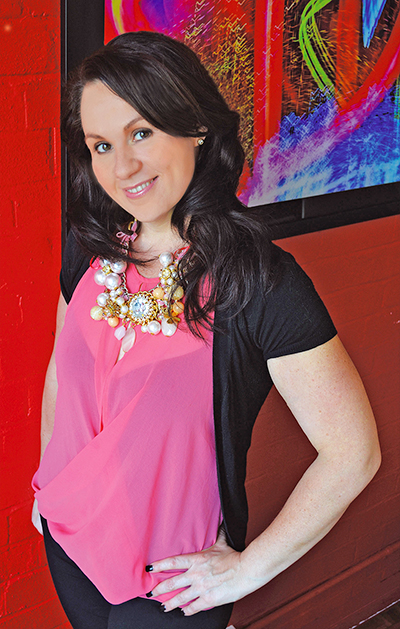Brand for Brand lands on logos
By Stella Gianotto >>
RENOWNED tennis star Andre Agassi once said: “Image is everything”. That is especially true when it comes to a business logo.
As the cornerstone of any brand, a logo can effectively express a brand’s essence that’s more easily digested than a written explanation of your products or services.
As a branding expert I’ve established over 3,000 logos in my career and I’ve learned a few things about how to create an impactful logo that will help express your brand and stand out. Here are my top 10 tips to consider when designing yours: 
1. Avoid designing a logo that is too similar to another brand’s.
Once a brand has become established it starts to become recognised by the general public. If you choose (or copy) a logo design that’s too similar to another brand, your market presence may be forgotten or overlooked … as your logo is mistaken for someone else’s and, worse still, they win the business!
2. Select an appropriate and legible font
A font is just as important as the design of a logo. The font should incorporate the same feel as the business. Whether it is modern, edgy, timeless, or a sophisticated italic, it must match the overall appearance and personality of the brand or company.
3. Don’t forget about the business’s target audience
A logo design should be developed to appeal to your target audience. Your logo is used as a visual tool to aesthetically draw the attention of your target audience and communicate your brand’s message. Unless your Mum or the kid studying design next door is your target market, don’t rely too heavily on their opinion.
4. Don’t use cliché trends
Dots, swooshes, straight lines, 3D shapes; these clichés have been so overused in a logo design that they are instantly disregarded. Don’t try to ‘spruce up’ a logo with these ineffective additions either, as it will cheapen your brand.
5. Don’t rely solely on colour
Having a logo that doesn’t reproduce in black and white is a hugely common problem – even the Commonwealth Bank’s logo, when not in colour, transpires to a black square! So make sure you check that your logo’s important features work well in colour and black and white.
6. Choosing a logo that will quickly become dated
Be cautious of logos that look out of date or follow a trend that’s happening right now. A good logo design grows with the business and can withstand time as long as the business does. Don’t choose a logo that is representative of a certain decade, era or trend, or you’ll risk making your products and services seem outdated, along with your logo.
7. Avoid vanilla
Simplicity is important, but too much is boring and sterile. A ‘vanilla’ logo design isn’t memorable and won’t speak to your target audience. Your logo must incorporate just the right amount of personality to avoid being boring and overlooked.
8. But simplicity is best
Too many styles, elements or ideas joined in the one logo design could lead to a misinterpretation of your business. A logo is designed for quick recognition and brand loyalty – too much going on will defeat this. 
9. Pay attention to space
A busy logo design with everything in it doesn’t appeal to customers. A poor logo design is difficult to decipher, especially when letters are included. The logo must be clear and crisp to resonate with your target audience at first glance. Stick with an odd number of graphic elements, one, three or five elements work well.
10. Always remember the purpose of a logo
It’s not a picture stolen from the internet; it’s not clip art, or a written explanation of your brand. A logo design should be an impactful and a succinct design that can be used to represent your business for many years to come.
About the author
Brand For Brands founder Stella Gianotto specialises in branding and is passionate about making branding accessible and understandable for her clients and for industry audiences. A series of industry awards and presence has led to her contributing to several books: Marketing Brands Made Easy, Social Media Marketing: Write Up Your Tweet and Well Spun: Big PR and Social Media Ideas for Small Business.

 How to resolve AdBlock issue?
How to resolve AdBlock issue?